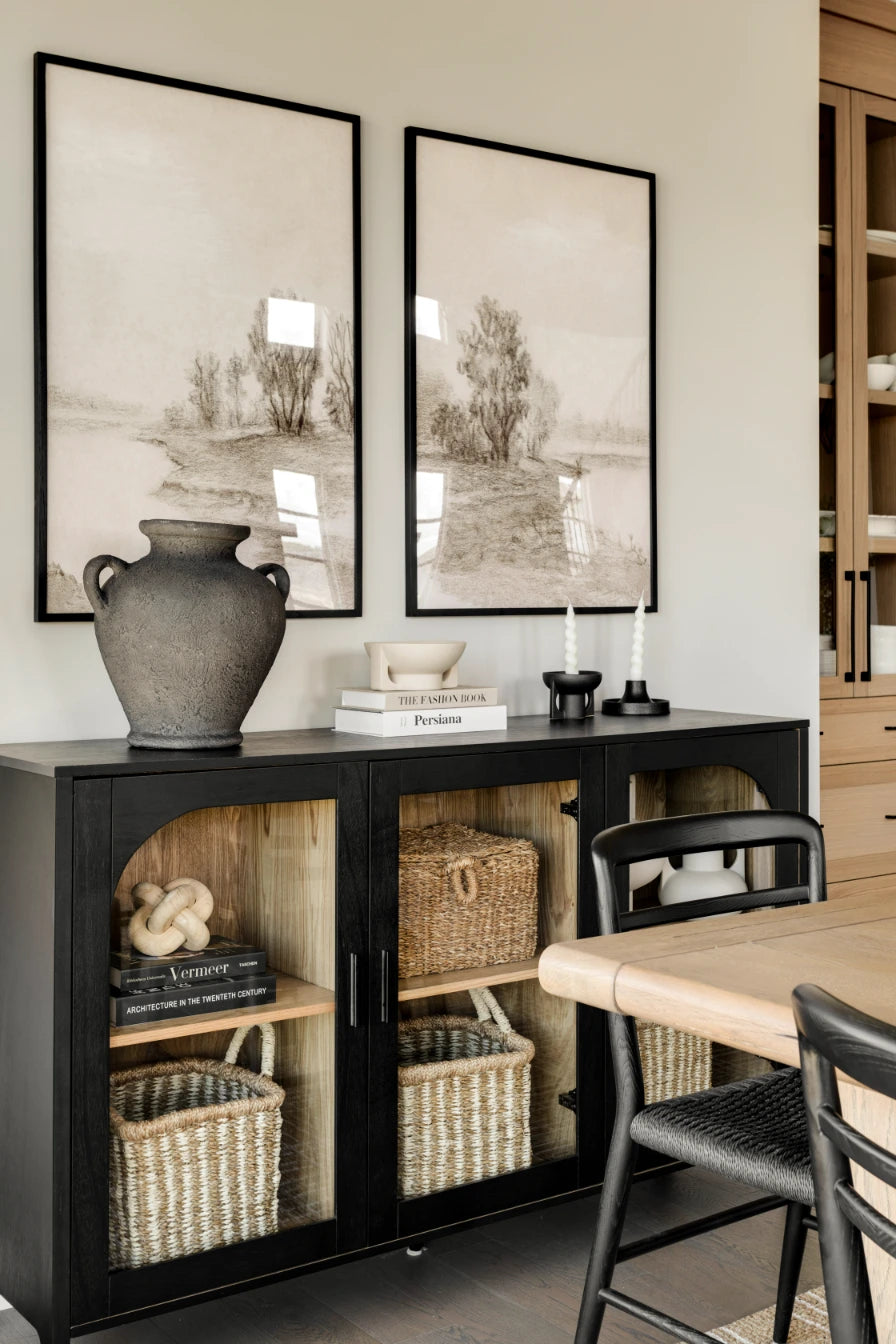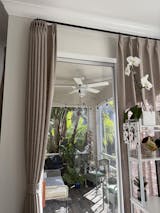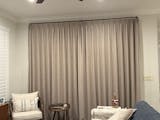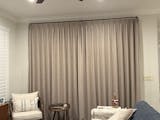The “This Could Be Better” Principle: Stop Waiting for Your Dream Home
By Brittany McNab
I can’t tell you how many times I’ve heard friends, family, and even potential clients say:
"One day I’ll have my dream home…”
"When I own my dream home… when I can afford a big renovation… when I finally hire a designer…”

Let’s be honest—this mindset doesn’t serve you, and it never has.
But what makes settling for less in the name of “bad timing” such a common belief? The root of this mindset is often perfectionism—something that plagues our generation. We all want the Pinterest- and Instagram-perfect home. But when we look closer at how those picture-perfect spaces are created, we often find a lot of links (read: a lot of money) and a lot of time—both of which we often feel we don’t have.
It feels pointless to even try if we can’t achieve that level of perfection.
But in a world of Amazon hauls and big dramatic renovations, how do we actually improve our spaces when budget and time are short? As an interior designer who has worked with all kinds of budgets—personally and professionally—I’m here to tell you: you can do it.
Let’s jump in.

It’s Not About Perfectionism, It’s About Possibility
It’s easy to tell yourself that you need a bigger house, a renovation, a new piece of furniture, or a closet full of acrylic containers before you can feel organized. But instead of thinking of your space as a lemon, think of it as a place that should serve you—right now.
Ask yourself:
-
What can be improved?
-
Which daily routines could be streamlined by rearranging your space?
Is your entryway always cluttered? Is your coffee space scattered across the kitchen? Are your storage solutions crowded or overcomplicated, making it hard to stay organized?
Get to the root of the issue—and start there.
Better Spaces, Better Mindset
Improving your space isn’t just about aesthetics—it directly impacts your well-being.
Research proves it: Disorganized, dysfunctional spaces increase stress and reduce focus, while environments that feel functional, calming, and aligned with your needs can improve mental health.
A 2013 study published in the Journal of Environmental Psychology found that even small improvements to our surroundings can boost positive emotions, while clutter and neglect fuel frustration. (Vohs et al., 2013)
Let’s say it loud for the people in the back—improving your space is not shallow—it’s self-care.
For me, the morning routine is everything. If the morning doesn’t run smoothly, I find it hard to recover from that. But when my spaces are set up for easy access—so we can get out the door with everyone dressed, groomed, and prepared—it makes a world of difference.
Your spaces should work hard for you and add to your life—not take away from it.
Finding Inspiration in Resourcefulness
When my husband and I were first married, we were young—and broke. We got married with $225 in our bank account and used our wedding money ($2,500, which seemed huge at the time) to buy Ikea furniture.
We felt rich and fancy in our little main floor rental with that furniture. We’d thrift for frames, fill them with art we loved, make headboards from leftover construction lumber, and makeover hand-me-down furniture with spray-painted knobs in funky colours.
This was in the age of blogging—before Instagram and the design world took over the internet. Bloggers were scrappy and resourceful, reusing and reimagining items into something fresh.
That DIY, problem-solving mindset was just as encouraging as it was inspiring.
Ask yourself:
-
Could you paint or refinish an existing piece to match your style?
-
Could you check the local thrift store or a garage sale for what you need?
-
Could you rearrange or repurpose what you already have?
Improving your space isn’t about rushing out to buy everything new. It’s about clever solutions, reusing what you have, and configuring your home to fit your life better.
Taking Action: Practical Ways to Improve Your Space
You can start improving your space right now—whether you’re in a single-bedroom apartment, a rental, a no-budget refresh, or a temporary space.
Declutter First
This is step one. Clearing out items weighing your space (and you) down instantly makes a room feel lighter, calmer, and more welcoming.
Organize with Function in Mind
After decluttering, organize your space—but resist the urge to buy matching bins just yet. Start by arranging items based on how you use them.
Take your bathroom, for example. Could you rearrange things so your skincare or toothbrush is within easy reach for a smooth morning routine?
In our home, we built a medicine cabinet disguised as a picture frame that opens to reveal our family’s toothbrushes and skincare. We eliminated unnecessary steps—keeping washcloths in the top drawer, hiding the laundry basket under our floating vanity.
Previously, we kept toothbrushes jumbled together in the drawer, and towels always ended up on the floor. Now, our space works with us—not against us.

Bring Items in with Intention
When purchasing new items, do so slowly and intentionally. Instead of grabbing a random trash can, choose one that adds beauty or function—or both.
Focus on pieces that spark joy:
✔ A funky art print
✔ A beautiful pillow
✔ A cool, thrifted vase
Filling your home with meaningful items makes it feel more personal and special.
Think Outside the Box
The longer you live in a space, the more pain points (and creative solutions) reveal themselves.
Try:
✔ Rearranging furniture for better flow
✔ Creating intentional zones in open areas
✔ Repurposing awkward corners
✔ Decluttering with function in mind
✔ Adding lighting to set the mood
✔ Softening your space with textiles

Conclusion: You Deserve Better—Today
Your space doesn’t have to be perfect. You don’t need a massive budget, a full renovation, or a design team to make your homework better for you.
You deserve a space that makes life easier, reflects your style, and brings you joy—now, not someday.
Start small. Stay scrappy. Keep asking: “How could this be better?” You’ll be surprised how much your space—and your mindset—can transform when you stop waiting and start creating solutions.
*All photographs credit: Brittany McNab




























Leave a comment